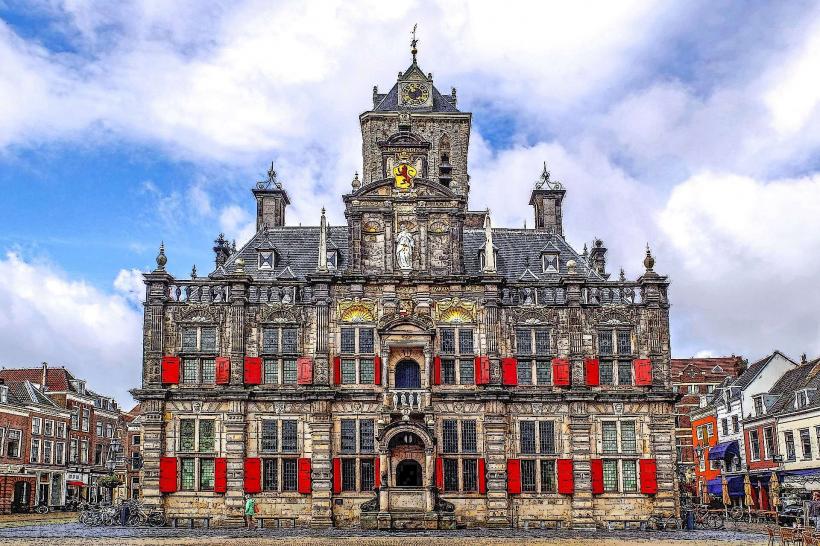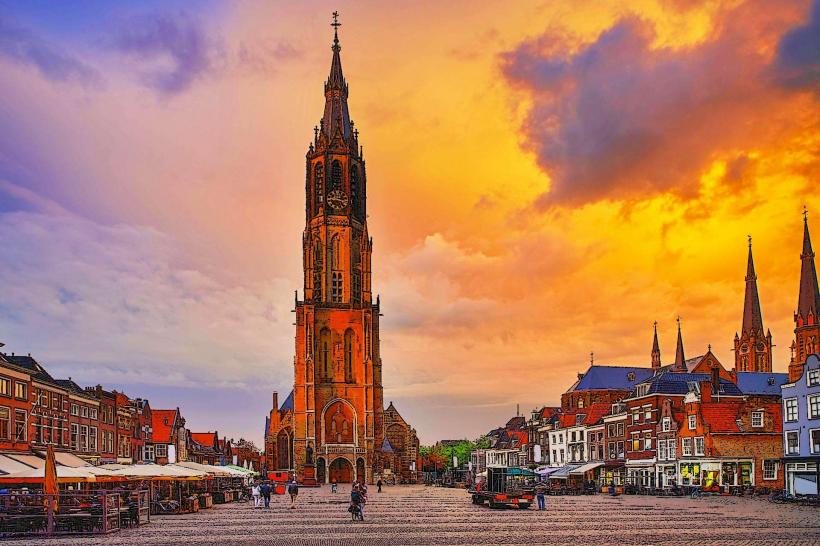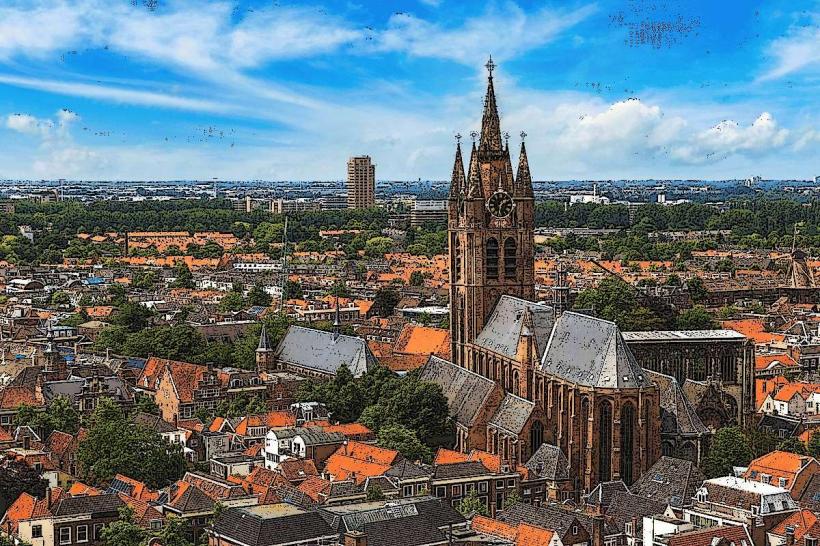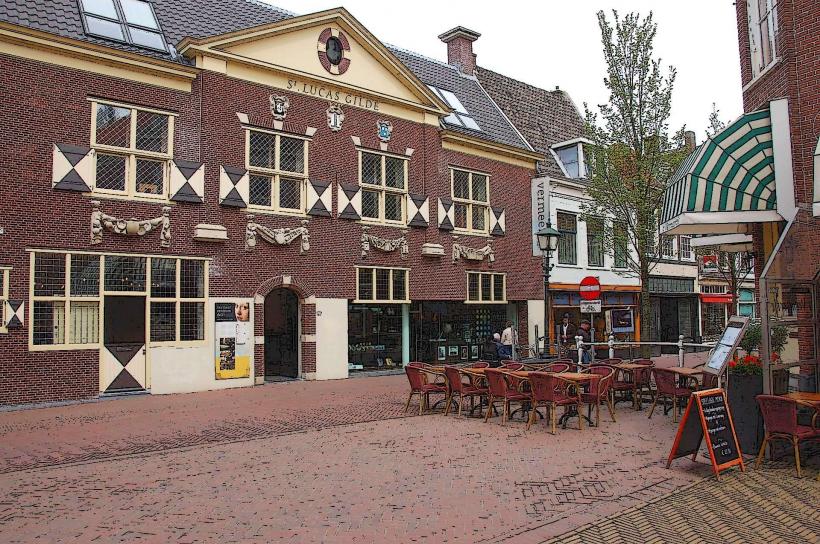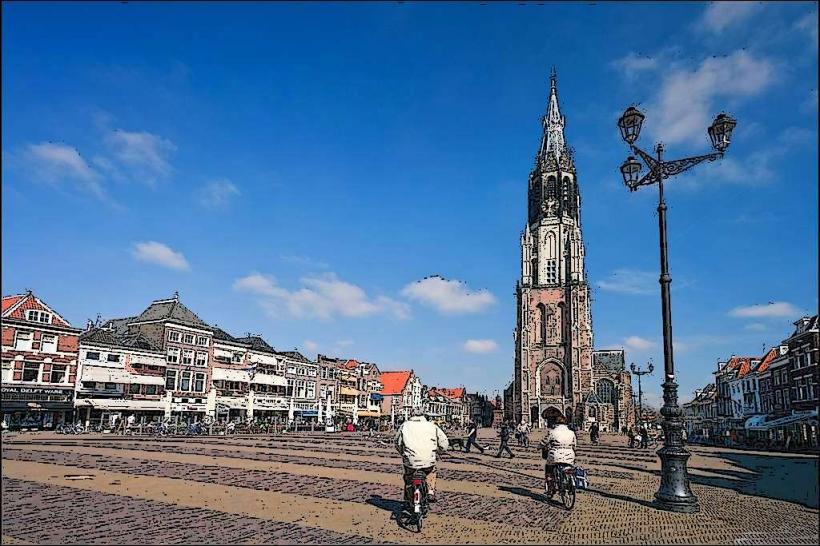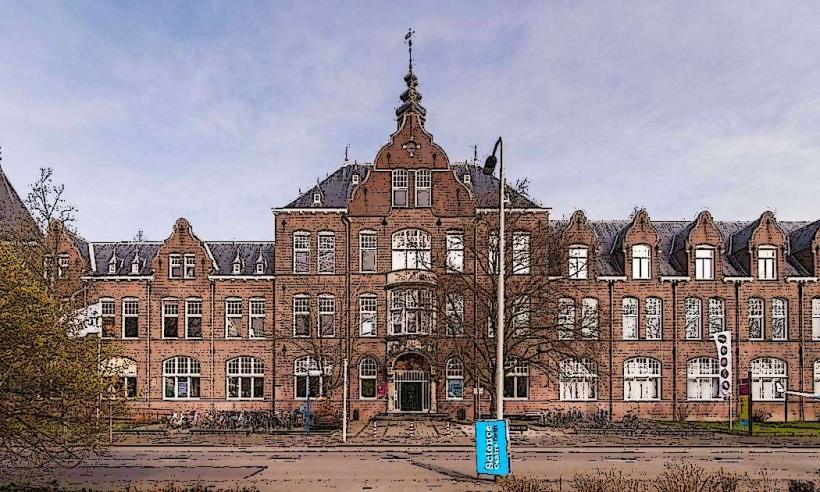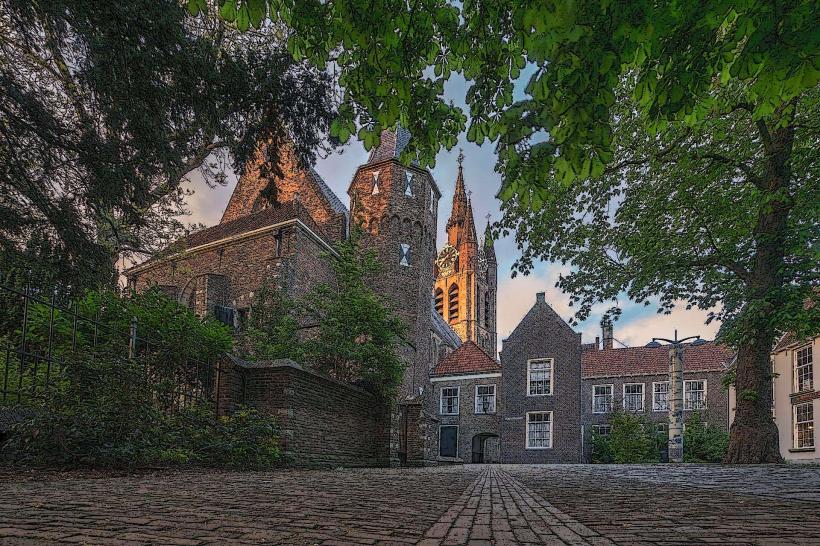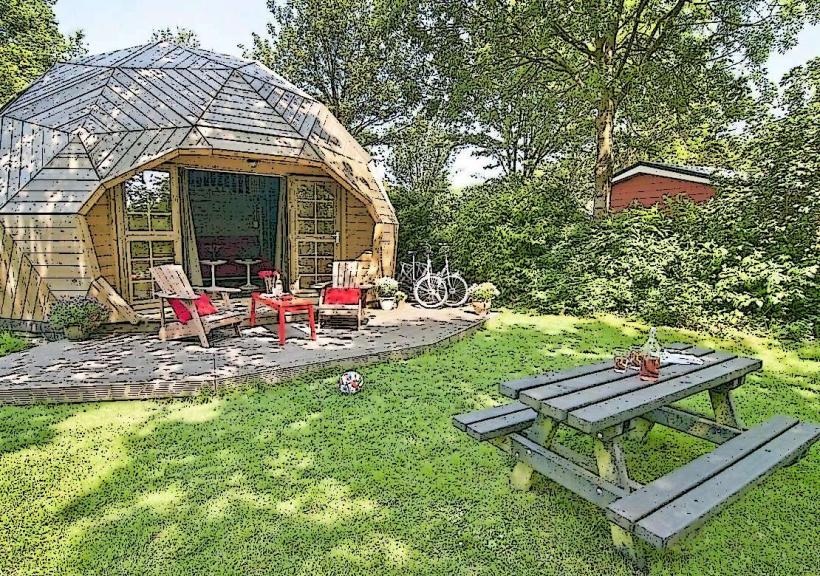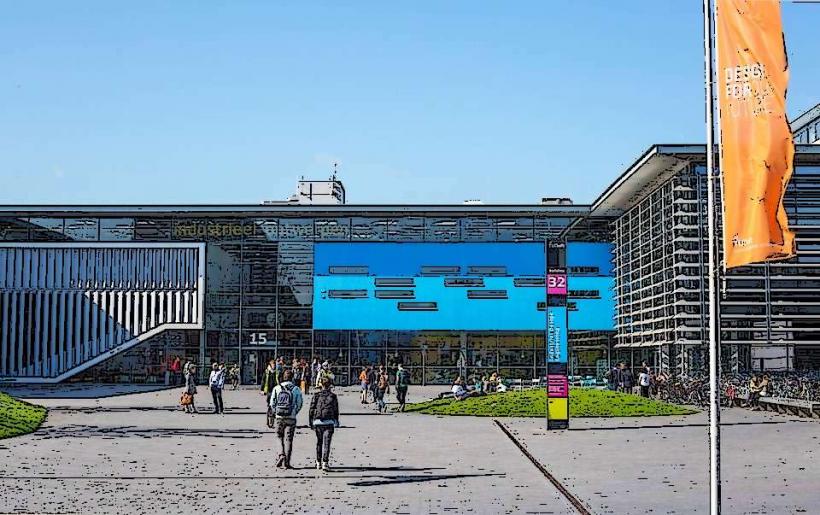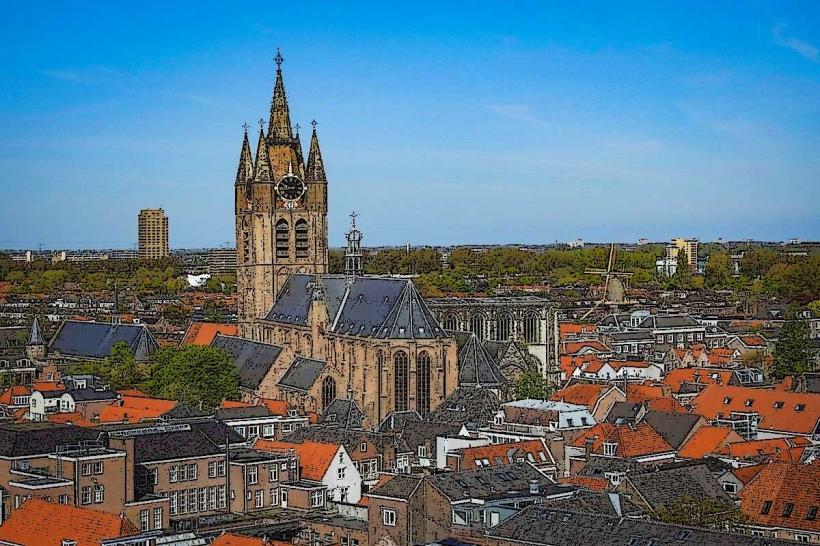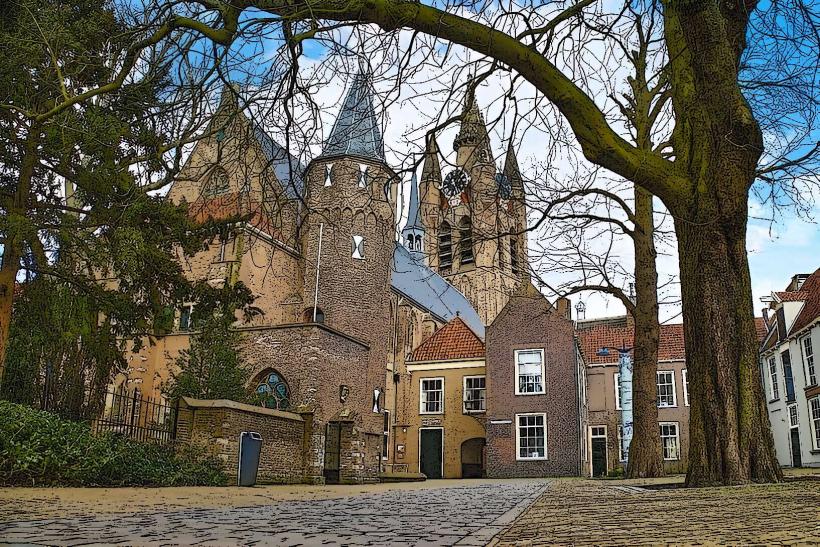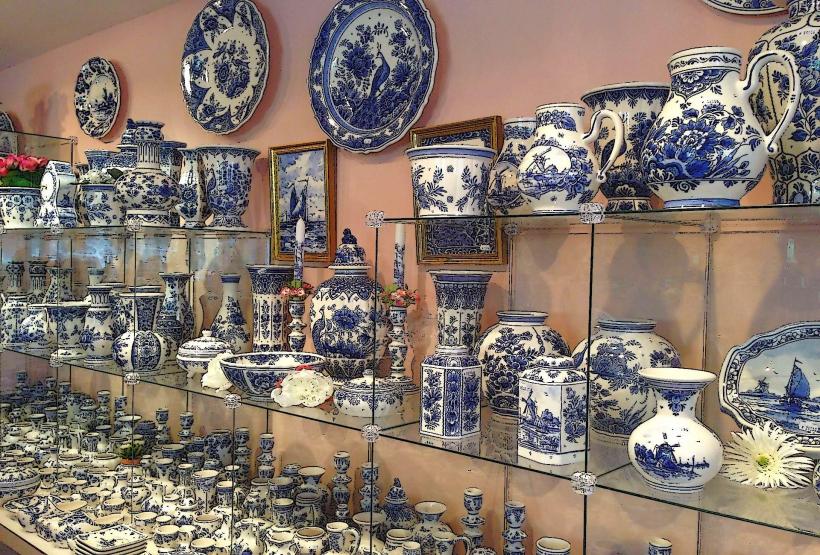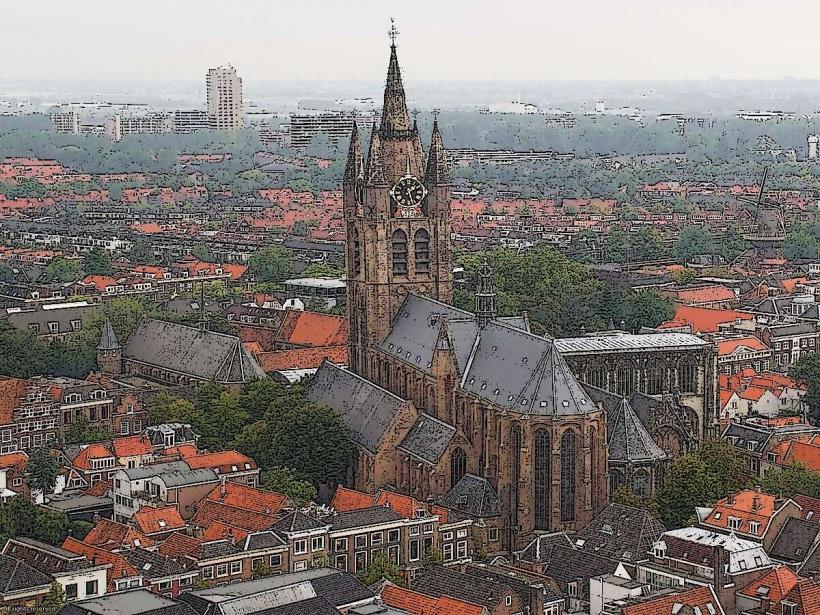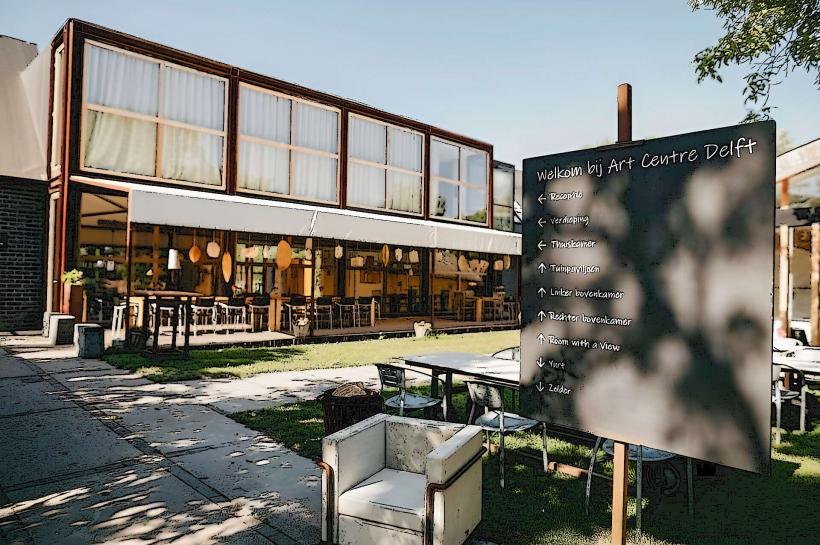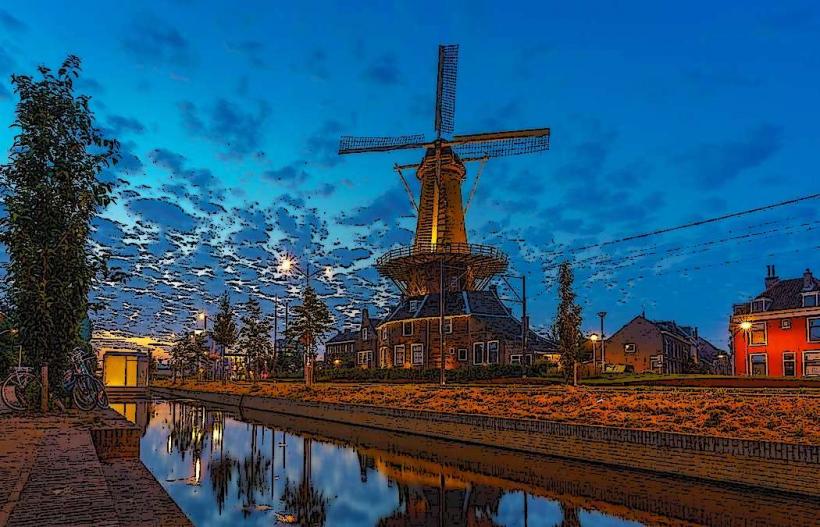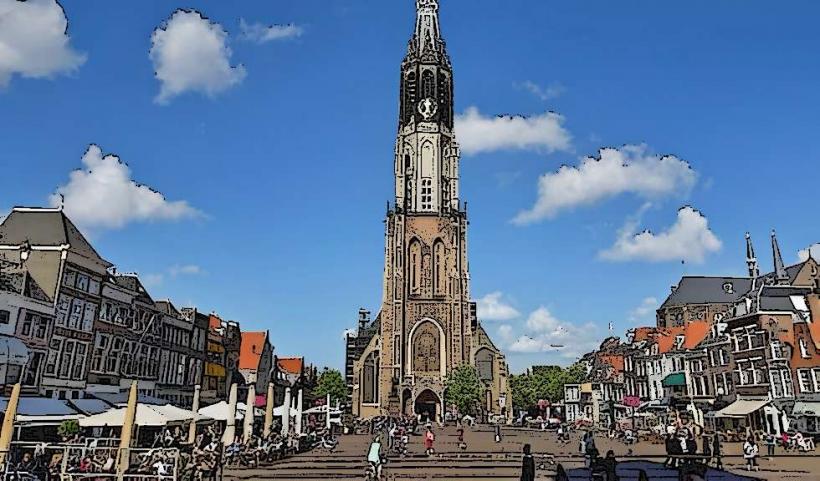Information
Landmark: Oostpoort (Eastern Gate)City: Delft
Country: Netherlands
Continent: Europe
The Oostpoort (Eastern Gate) is one of the most iconic historical landmarks in the city of Delft, located in the western Netherlands. This well-preserved city gate offers a glimpse into the past, reflecting the city’s medieval fortifications and its strategic importance during the Middle Ages.
Overview of Oostpoort
Location: The Oostpoort is located at the eastern edge of the historic city center of Delft, close to the canal, known as the Oostsingel (Eastern Canal). It is one of the last remaining gates of the original medieval city walls that once encircled Delft.
Significance: The gate was originally built as part of the city's defensive walls in the 15th century. It stands as a symbol of Delft’s medieval past and its strategic importance in the Dutch Golden Age.
History
Construction and Purpose: The Oostpoort was constructed around 1400 as part of the city’s fortifications. Delft was a key city in the Duchy of Burgundy and later the Dutch Republic, so the city walls, including gates like the Oostpoort, played an essential role in protecting the city from military threats and regulating access.
Design: Unlike some city gates, the Oostpoort is characterized by its twin-tower design, with two distinct towers connected by a stone archway. It was originally a water gate, meaning it was built near a canal, which made it an important entry point for goods coming by water.
Decline and Preservation: With the passage of time, as the military and defensive needs of the city changed, the role of the gate became less significant. The city’s fortifications, including the Oostpoort, were gradually dismantled. However, the Oostpoort remained standing and was preserved due to its historical and architectural value. Today, it is one of the best-preserved city gates in the Netherlands.
Architectural Features
Twin Towers: The Oostpoort is easily recognizable by its twin towers, which are constructed from brick and rise to a height of about 20 meters. The towers are rectangular in shape and have a steep, pointed roof with a characteristic spire at the top.
Water Gate: The structure is built next to a canal (the Oostsingel) and originally featured a drawbridge over the water. This design was intended to provide both defensive and practical access to the city, especially for merchants and travelers arriving by boat. The gate controlled who could enter and leave the city, serving as a customs post as well.
Arched Gateway: The main archway of the Oostpoort is arched and was designed to allow passage for both foot traffic and carts. Above the arch, there are small decorative elements and remnants of the original fortifications, showcasing the medieval craftsmanship.
Walls and Bridges: The Oostpoort was part of a larger network of fortifications that included city walls and bridges. Although much of the defensive system has been dismantled, the gate still offers a clear view of what the city looked like in the medieval era.
Renovations: Over the centuries, the Oostpoort has undergone several renovations to maintain its structural integrity. The most significant changes occurred in the 19th century, when the gate was restored to its current form, including repairs to the towers and the archway.
Cultural and Historical Significance
Defensive Role: The Oostpoort was built to protect the city of Delft from external threats, particularly in the late Middle Ages when conflicts and wars were common. The defensive walls surrounding the city were once crucial to the city’s survival, particularly during the Eighty Years' War (1568–1648) when the Dutch fought for independence from Spain.
Economic and Strategic Importance: As part of the city’s fortifications, the Oostpoort also regulated trade and movement. Merchants traveling by water would enter the city through this gate, making it an important point for commerce. It also played a role in the defense of the harbor of Delft.
Tourist Attraction: Today, the Oostpoort is a popular tourist attraction and a key part of the city's cultural heritage. Visitors can walk around the gate, take photographs, and enjoy the surrounding area, which includes scenic views of the canal and historic buildings in Delft.
Connection to the Dutch Golden Age: Delft is known for its association with the Dutch Golden Age, and the Oostpoort is part of the rich history of this period. The gate is closely tied to the era when Delft was a flourishing center of trade, art, and science.
Modern Use
Residential Area: While the Oostpoort is no longer used for defensive purposes, it remains a part of the local community. One of the towers has been converted into a residential building, while the other tower and the gate itself remain protected as part of the city’s historical heritage.
Tourism and Accessibility: The Oostpoort is open to the public, and it is part of several walking tours in the city. Visitors to Delft can explore the gate’s surroundings, take a leisurely stroll along the canal, and visit nearby landmarks such as the New Church (Nieuwe Kerk) and Delft’s market square.
Preservation Efforts: The gate is protected as a national monument under Dutch heritage laws. Ongoing preservation efforts are aimed at maintaining the structure’s historical integrity while allowing for its continued enjoyment by visitors.
Conclusion
The Oostpoort stands as a remarkable reminder of Delft’s medieval past and its strategic importance in Dutch history. With its distinctive twin towers, canal-side location, and historical significance, it remains a cherished landmark and a symbol of the city’s resilience. Whether admired for its architecture, historical context, or its picturesque setting along the canal, the Oostpoort is an essential part of the charm and allure of Delft.

